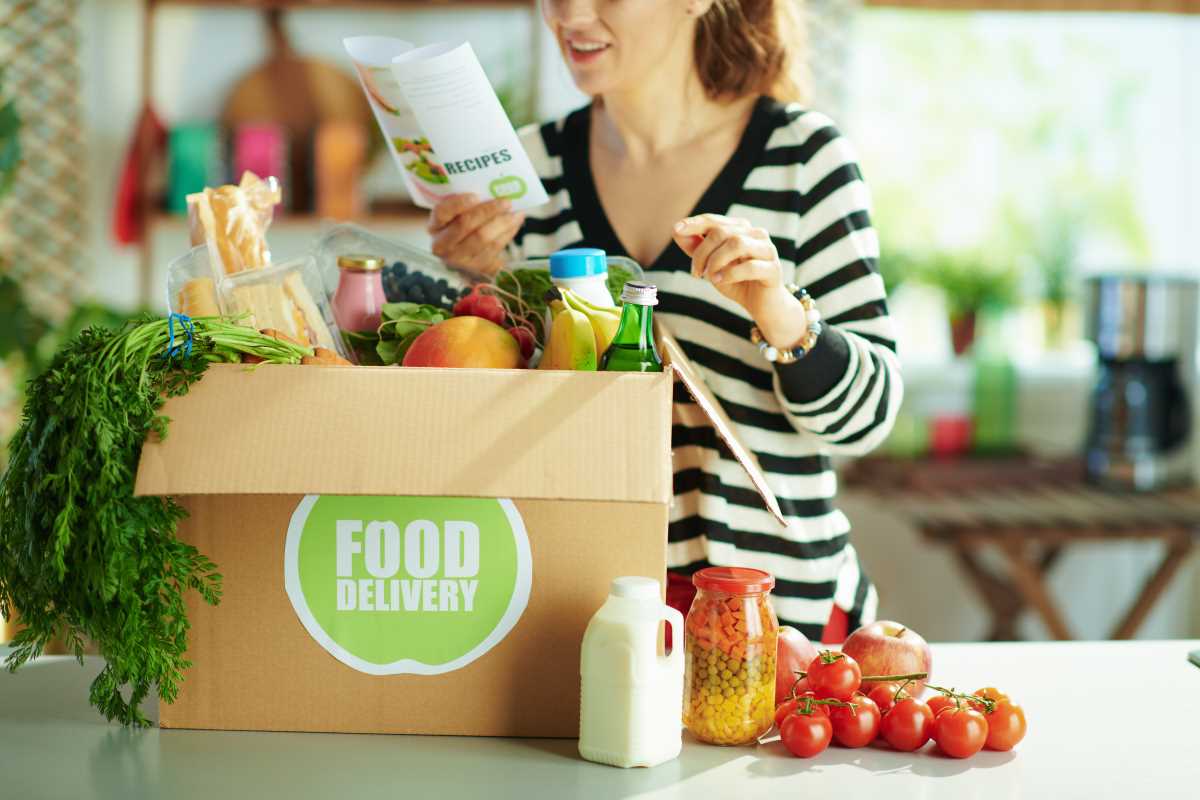Tomatoes, peppers, and herbs flourish in fields larger than the average backyard, giving you the freedom to experiment with new crops or care for small groups of poultry. With this much space, you can explore selling your harvest and products directly to buyers, which often brings in greater profits. This guide presents seven practical methods to turn your land and animals into reliable sources of income. Each section explains the process clearly, allowing you to take action quickly and start seeing benefits by the time your next harvest arrives.
Choosing the Right Sales Platform
Select a platform that determines your customer reach and your profit. Find options that handle payments, order management, and customer messaging without steep fees. Pick a site that feels friendly to buyers who seek fresh, local food.
Compare at least three platforms by fee structure, ease of use, and features. Consider how much time you have for tech setup and what support you’ll need during peak seasons.
- Shopify. Monthly fee: $29–299
- Transaction fee: 2.9% + 30¢ (if you do not use Shopify Payments)
- Use built-in marketing tools for seasonal promotions
- WooCommerce. The plugin is free; hosting costs extra
- Pay only payment gateway charges; no transaction fees
- Control every aspect of design and inventory
- Farmigo. Subscription pricing varies
- Designed for CSA and box programs
- Automates billing and member management
Try a free trial first to see how long it takes to list products. Track where you need help—customer chat, video tutorials, or phone support—and choose a platform that addresses those needs.
Enhancing Product Presentation and Pricing
Professional photos encourage more sales. Use natural light and clean backgrounds. Display produce in baskets or next to measurement tools so customers can see the size. For meat or dairy, include packaging shots with labels on display.
Set prices based on your costs, market rates, and perceived value. If heirloom tomatoes sell at $4 per pound at premium grocery stores, start at $3.50 and offer discounts for larger quantities. Bundle items—like tomatoes with basil—to increase set sales and clear out excess stock.
Growing a Local Customer Base
Direct sales depend on local trust. Host open days on your land—invite neighbors for a tour, sample fresh lettuce, or taste freshly churned butter. Customers prefer to buy from farms they visit.
Use these methods to encourage word of mouth and repeat business:
- Distribute flyers at the community center, co-op, and post office
- Offer referral coupons: $5 off for friends who are referred
- Create a simple email newsletter with harvest updates
- Partner with local chefs or bakers for cross-promotion
Collect phone numbers and emails at every event. Send a weekly text or email highlighting new items. Keep messages under 100 characters to respect busy inboxes.
Planning for Seasons and Rotating Crops
Extend sales from spring through fall, and even winter with cold-hardy crops. Create a planting calendar that staggers harvests. Plant early lettuces under row covers in March. Sow fall kale in June so you can harvest in October.
Rotate fields each year to reduce pests and increase yields. Follow a three-year rotation: vegetables, grains or cover crops, then legumes. This sequence naturally rebuilds soil nitrogen and reduces fertilizer costs by up to 30%. Keep records of yields per field. Over time, you will identify which plots need more organic matter or drainage improvements.
Simplifying Logistics and Delivery
Delivery can cut into profits if you ignore it. Pack orders in coolers with ice packs to keep produce fresh. Clearly label each box with the customer’s name, order details, and handling instructions.
Plan efficient routes to save on fuel. Group deliveries by zip code clusters. Use route optimization apps—you can find free versions that manage up to 50 addresses—and complete deliveries faster without backtracking.
Growing Through Subscription and CSA Programs
Subscriptions and community supported agriculture boxes ensure income before planting. Ask customers to pre-pay for weekly or bi-weekly boxes. You will understand your cash flow early and can invest in seeds or feed accordingly.
Create options based on box size or crop mix. Offer add-ons like jam or eggs to increase the average order size by 20%. Set clear signup deadlines and send reminders two weeks before each season to help forecast production.
Track your performance regularly, including customer counts, average spending, and delivery efficiency. Aim to increase sales per customer by 10% each quarter. Adjust your pricing or presentation if you do not meet your targets.
Begin with one platform and subscription model, then improve each season based on early results. These steps help you grow your direct-to-consumer sales and increase profits.
 (Image via
(Image via





